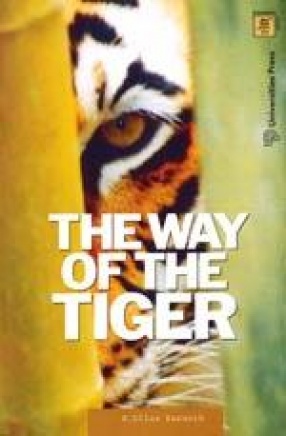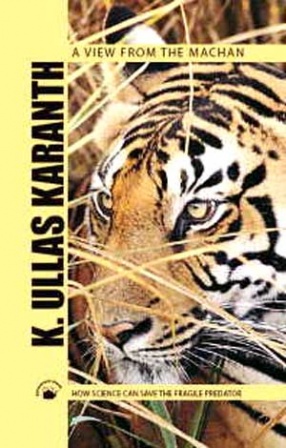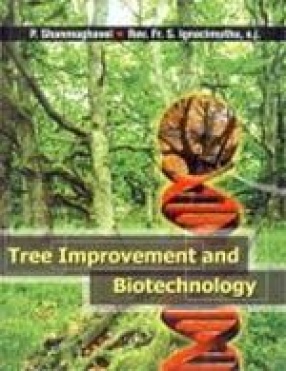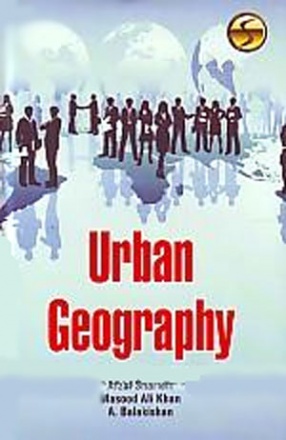Conservationists might set out with very different objectives: perservation and recovery of rare and threatened species-as with rhinos or bustards, sustaining a steady supply of useful products for human use-as with fisheries, or even eliminating threats to human life or livelihoods as in the case of rodent pests or man-eating tigers. None of these objectives, however, can be effectively met without a clear understanding of how wild populations of these species function. The necessary knowledge can come only from the applciation of rigorous science, which involves sampling modeling and estimating animal populations.
Even with such reliable knowledge in their armory, conservationists must face social challenges in application of this science on the ground and in the policy arenas, in which not everyone may share their goals or values. This volume contains 26 articles by the author written in collaboration with other leading biologists, quantitative ecologists and conservationists. It boldly explores a complex terrain that spans ecological theories to social practices. It is a useful guide for those practicing science-based conservation.








There are no reviews yet.